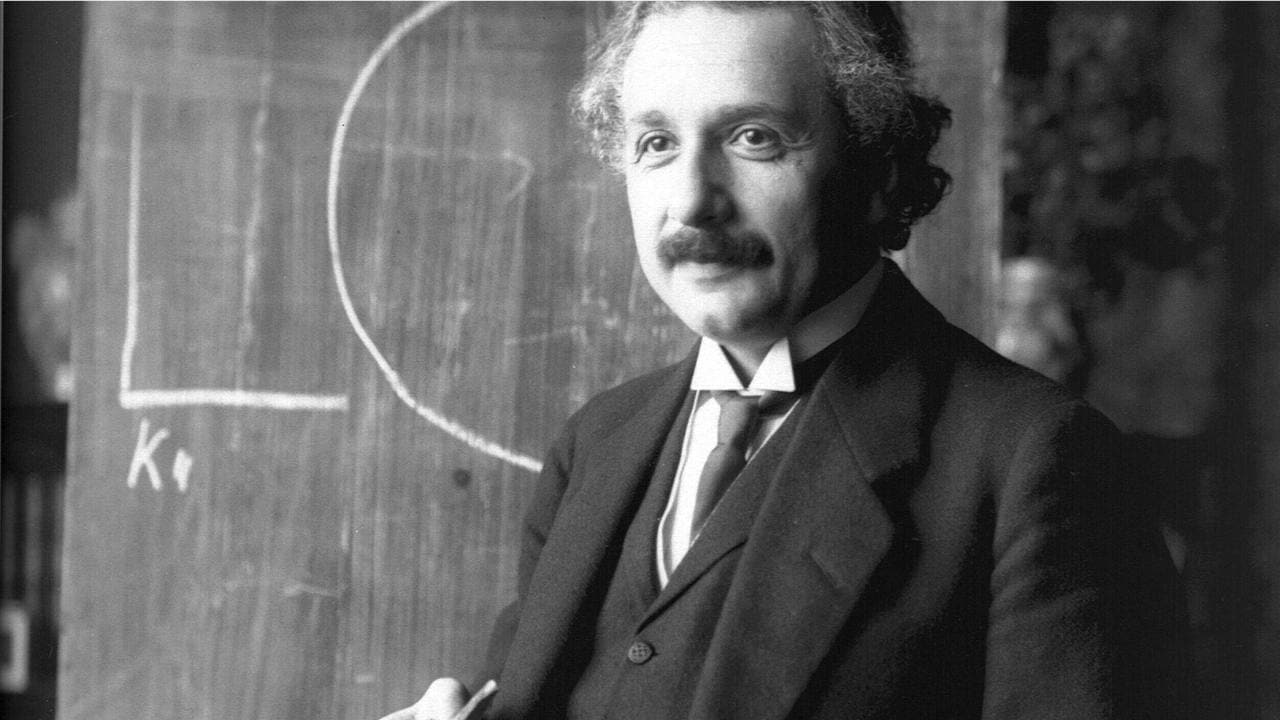Scientist who contributed to scientific studies in mathematical statistics, physics, biology and engineering: Andrei Nikolaevich Kolmogorov
Andrey Kolmogorov
Born Andrei Nikolaevich Kolmogorov (April 25, 1903 – October 20, 1987) in Tambov, Russia, to an aristocratic family, he lost his mother at an early age and was raised by his aunt. In 1910 his aunt adopted him and in 1920 they moved to Moscow, where he graduated from high school. Later that year, Kolmogorov began studying at Moscow State University and also at the Mendeleev Moscow Institute of Chemistry and Technology. After graduating in 1925, Kolmogorov extended his stay at the university as a research student for another four years, completing his PhD in 1929.
- TikTok may be removed! Google and Apple given deadline
- US singer R. Kelly sentenced to 30 years in prison and $100,000 fine
Again, this year has a special significance in Kolmogorov’s life. Because his friendship with Pavel Sergeevich Aleksandrov (1896-1982), a mathematician like himself, turned into one of the most important events of his life. These two mathematicians, who took long vacations together, bought a house in Komarovka, a small village outside Moscow, in 1935, and this house hosted other famous mathematicians.
Kolmogorov became a professor at Moscow University in 1931, and in addition to his intense work in mathematics and science, he devoted much of his time to improving the teaching of mathematics in secondary schools in the Soviet Union and creating special schools for mathematically gifted students. He married Anna Dmitriyevna Egorov in 1942. Kolmogorov was particularly interested in the search for meaning behind Pushkin’s works and their formal structure, and was also very interested in the study of Russian poetry.

Kolmogorov’s rich scientific contributions can be summarized as follows: Theory of trigonometric series, measure theory, set theory, integration theory, constructive logic (intuitionism), topology, approximation theory, probability theory, theory of random processes, information theory, mathematical statistics, dynamical systems, automata theory, algorithm theory, mathematical linguistics, turbulence theory, differential equations of celestial mechanics, Hilbert’s 13. problem, ballistics and applications of mathematics to problems in biology, geology and crystallization of metals.
Although he suffered from Parkinson’s disease and spent the last few years of his life almost blind, he continued to take an active interest in the world of mathematics until his death. Kolmogorov was undoubtedly ahead of his time with his non-political approach to science and his role as an educator, but he also deserves respect for his idealistic personality and continues to be an inspiration to many people.





